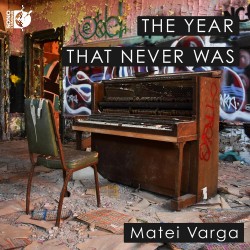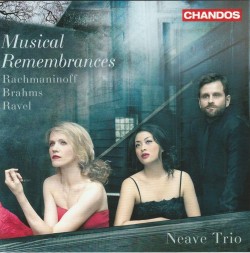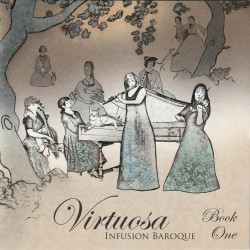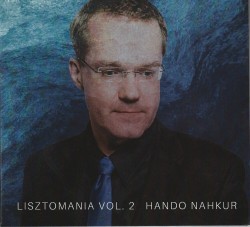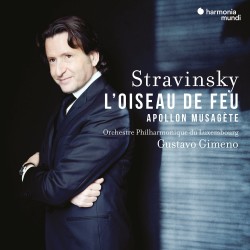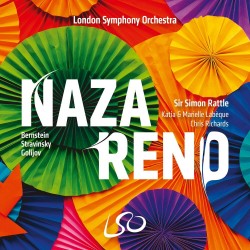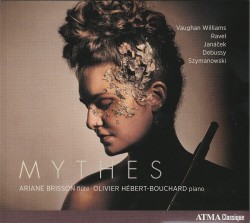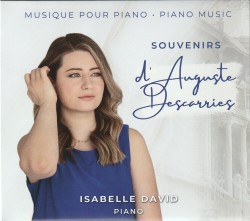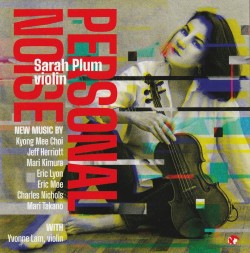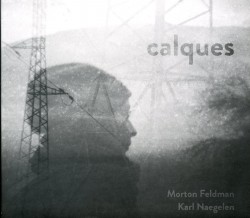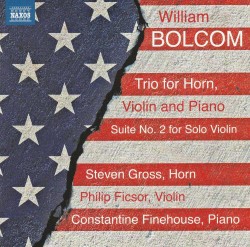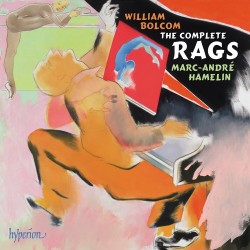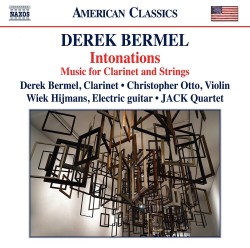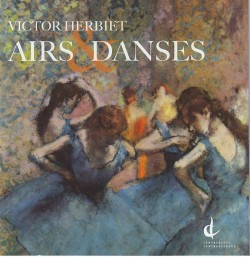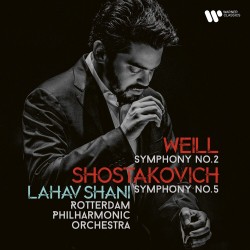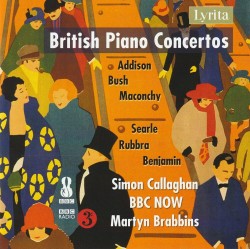Beethoven: The Symphonies - Chamber Orchestra of Europe; Yannick Nézet-Séguin
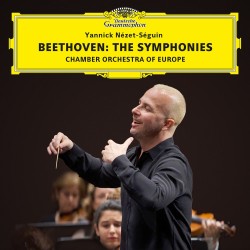 Beethoven: The Symphonies
Beethoven: The Symphonies
Chamber Orchestra of Europe; Yannick Nézet-Séguin
Deutsche Grammophon (deutschegrammophon.com/en/catalogue/products/beethoven-the-symphonies-nezet-seguin-12724)
The summer of 2021 was not an easy one so it isn’t hard to imagine the excitement the Chamber Orchestra of Europe must have felt when it came together to record a new version of the nine Beethoven Symphonies with none other than Yannick Nézet-Séguin, one of the most expressive and thoughtful conductors on the scene today, someone capable of truly joyous music-making. Add to this the backing of Deutsche Grammophon and you have the makings of a wonderful project: the first recording of the New Complete Edition of the Symphonies, painstakingly prepared for the Beethoven celebrations in 2020.
What is new in this edition? As a contrabassoonist myself, I’m delighted to say that the program notes make quite a lot of the fact that the most noticeable change is a much-expanded role for the contrabassoon in the Ninth Symphony. Designated contrabassoon parts in Beethoven’s hand exist for the finales of the Fifth and Ninth Symphonies but the liner notes point out that Beethoven created tailor-made versions of the Ninth for various specific performances and that the new contra part is an amalgam of six different contra parts from Beethoven’s day. I was curious to find out if these changes are audible: bad contrabassoon playing quickly makes itself obvious but a well-rendered contra part can make a performance seem rich or deep without the listener knowing exactly why. Such is the case in this set. I deliberately listened to the Ninth without any clue as to where the contra has been added, just to see if I could hear anything new and I’m happy to say that I did. Behind the baritone‘s first solo after the recitative, there is definitely more of a “spine” in the bassline, and at the Turkish March, one can hear that the contra has been moved up an octave as it used to appear in older editions.
Are there other audible changes in this edition? In the second movement of the Ninth, the repeats have been sorted out (559 bars total vs. 954) and there is a diminuendo in the tympani part which I don’t recognize. As far as the rest of the set goes, there is an unusual ornament in the third movement of the Seventh Symphony but otherwise most listeners won’t notice anything strikingly unusual. There are many lovely turns of articulation but it’s hard to say whether this is because of changes to the edition or just good musicianship. Tempos are not always what Beethoven called for but they are always appropriate with the exception of a rather slow third movement in the Fifth. Interestingly, this tempo gives a great sense of relief when it returns in the last movement so perhaps that was YN-S’s intent. Another surprise comes at the start of the second movement of the Eroica where the grace notes in the basses seem to arrive after the downbeat: an interpretation that is, well, puzzling.
The playing of the orchestra is wonderful: tight ensemble in the strings, characterful woodwind solos, discreet brass and incisive tympani playing. My main concern is with the way the orchestra has been recorded. Producer Andrew Mellor seems to prefer a mix that locates the listener very close to the first violin section often making the firsts too present and the rest of the orchestra too vague. This is particularly true of the lower woodwinds and the horns, making many of the chorale passages sound unblended and rendering more than one duet as more of a solo with only a hint of the second line. And before you dismiss me as being partisan, I can assure you that many other recordings sound, to my ears, much more homogenous and portray the winds and strings as more equal teams. Ultimately, the buck stops with YN-S, but I’m more inclined to question the engineering.
If you can listen past the balance issues, or if it sounds just fine to you on your system, you will be rewarded with much grace and humour and some thrilling moments: the whole First Symphony is a delight and the first movement of the Seventh is pure joy. The funeral march of the Eroica seems to have a special depth to it, as you might expect, and the singing in the Ninth is first-rate, possibly because of details added in this edition. I particularly love the qualities of Florian Boesch’s baritone voice which give an almost tenor-ish spring to his solo and I have never heard a more nuanced and articulate version of the Ninth’s celli/bassi recitative.


